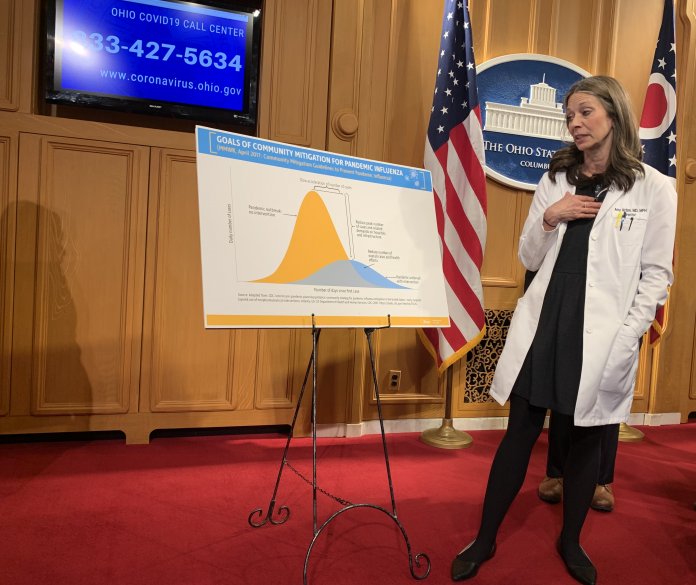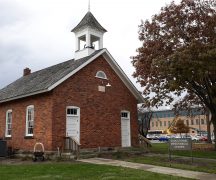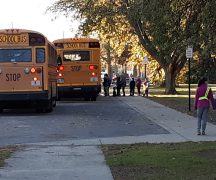The director of the Ohio Department of Health issued a “shelter in place” or “stay at home” order Sunday — basically closing all non-essential state businesses and ordering people to stay home to curb the transmission of the increasingly prevalent COVID-19 disease.
The order takes effect Monday evening at midnight and is set to last through April 6. However, Gov. Mike DeWine indicated at a briefing Sunday it could be extended.
The order is the most extreme measure to date of the state government seeking to corral indoors some 11.7 million Ohioans — all of whom can act as vectors for the novel coronavirus.
Since the World Health Organization first became aware of the outbreak in early January, about 330,000 people around the world have been infected. More than 14,000 of them have died.
Governments, meanwhile, have scrambled in their responses, facing meager testing abilities and an increasing strain on health care systems.
DeWine announced the new measures Sunday after the state released data showing a virus bouncing around at an accelerating pace. As of 2 p.m. Sunday, 351 Ohioans have been infected — 104 in the last 24 hours. Three people have died, and 83 have been hospitalized.
The virus was first detected in Ohio on March 9. However, epidemiologists have traced its presence back to at least Feb. 7.
ODH Director Dr. Amy Acton noted Sunday the positive cases are a limited portrait of the scope of Ohio’s battle with the virus. Testing is only available to the ill, elderly and health care workers.
Most people who are infected are being instructed to stay home in isolation without a lab diagnosis.
Using grave language throughout Sunday’s briefing, Acton repeatedly cited Italy, which has been days ahead of Ohio on the pandemic’s curves and has seen nearly 60,000 infections and nearly 5,500 deaths in the last three and a half months alone.
“There is no time left. Listen to what Italy is telling us. Today is the day.”
It carves out exemptions for when people can leave their homes.
They include:
- Activities for health and safety
- Obtaining necessary services and supplies
- Outdoor activity like walking, running, biking, or hiking. Playgrounds, however, shall be closed.
- Going to work at an essential business
- Taking care of other people or their pets. This includes attending weddings and funerals.
“Essential businesses,” as defined in the order, can stay open. They include the following:
- Stores that sell groceries and medicine
- Food, beverage, licensed marijuana production and agriculture business
- Organizations that provide charitable and social services
- Religious entities
- Media
- First amendment protected speech
- Gas stations and businesses needed for transportation
- Financial and insurance institutions
- Hardware and supply stores
- Critical trades like HVAC, security, operating engineers and others
- Mail services
- Educational institutions, although they are still bound by previous orders closing their in-person learning operations
- Laundry services
- Restaurants for consumption off-premises
- Businesses selling supplies to work from home
- Professional services i.e. lawyers, accountants, insurance brokers, etc.
- Residential facilities and shelters
- Home-based care and services
- Funeral services
At Sunday’s event, DeWine compared the pandemic to wartime. He said “sacrifices” need to be made to “slow this invader.”
Acton used similar language.
“These are the weapons of war we have,” she said. “We must use them fully. We will be so sorry if we don’t.”
For information on COVID-19 in Ohio and copies of all public health orders, you can visit the state’s coronavirus website here.
For information on how to avoid the virus, what symptoms are like and what to do if you think you’re infected, you can go to the CDC’s COVID-19 page here.





